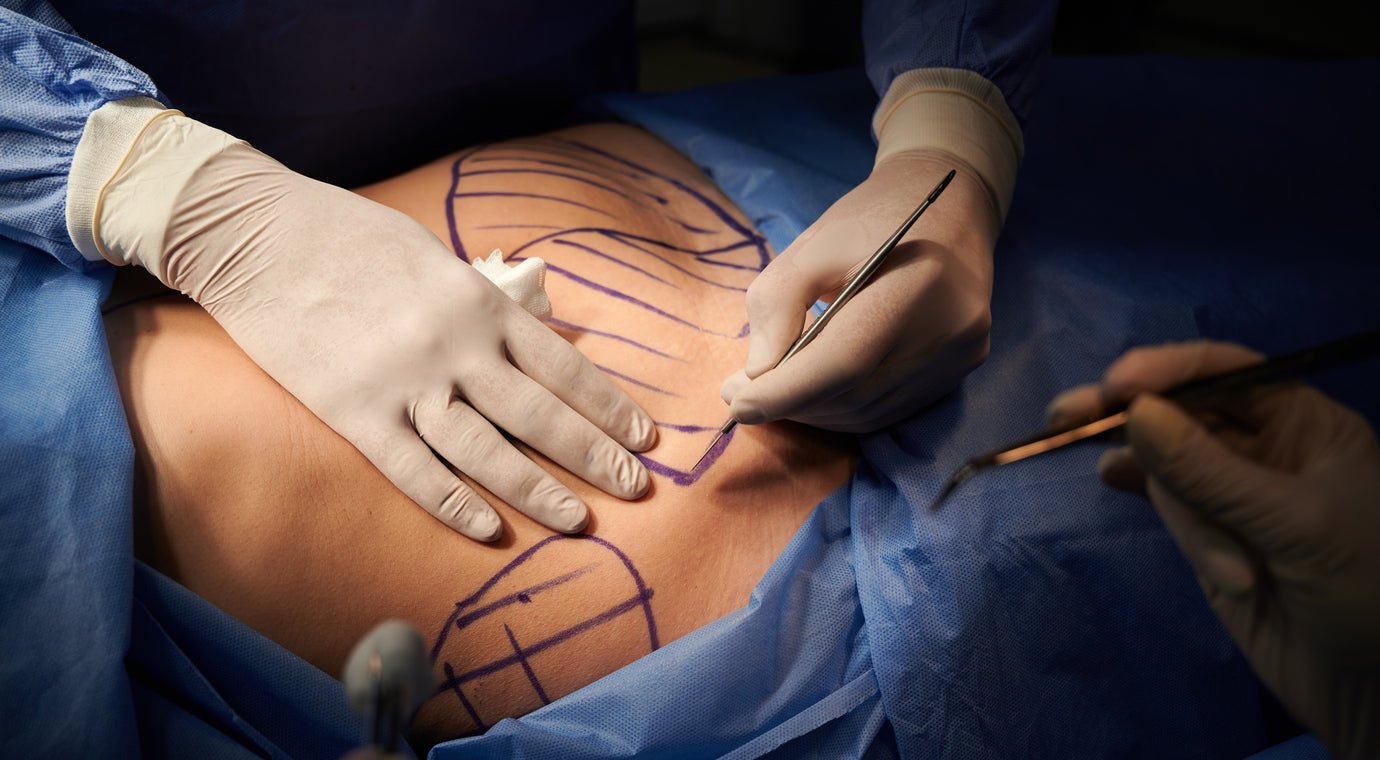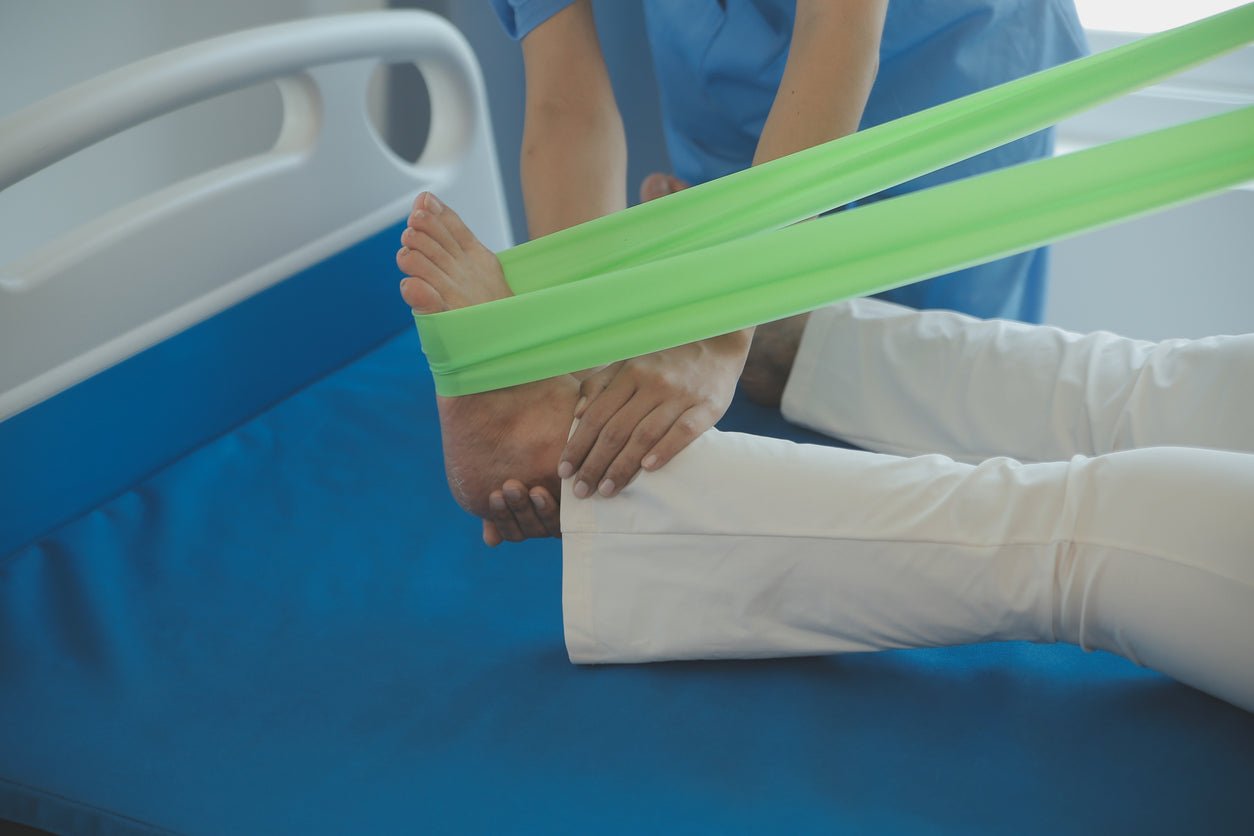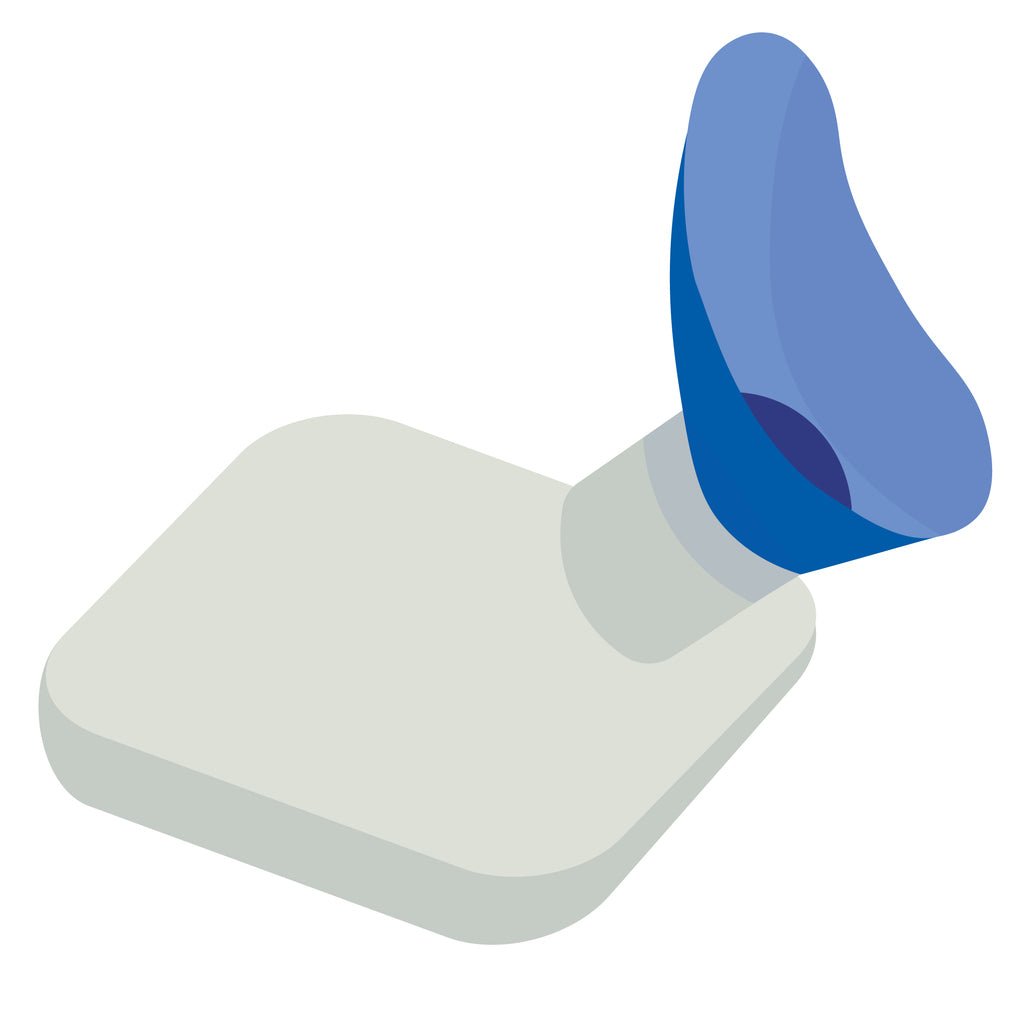When it comes to cosmetic surgery, tummy tucks, or abdominoplasty, stand out as a popular procedure for those seeking to enhance the appearance of their abdomen. This surgical endeavor is not just about aesthetics; it's a journey towards self-confidence for many. Understanding the nuances of tummy tucks, from procedure details and recovery to costs and care kits, can help prospective patients navigate their path more smoothly.
What is a Tummy Tuck?
A tummy tuck is more than a cosmetic enhancement—it's a transformative procedure aimed at removing excess skin and fat from the abdomen while tightening the underlying muscles. Ideal for individuals who've experienced significant weight loss, pregnancy, or have hereditary conditions affecting abdominal firmness, this surgery isn't a weight loss solution but a refinement for those close to their ideal body weight.
How much does a tummy tuck cost?
The cost of a tummy tuck in America can be as diverse as the patients seeking them. With expenses ranging from $3,000 to $15,000, several factors come into play, including the surgeon's expertise and the surgery's complexity. It's important to note, the price often excludes ancillary costs such as anesthesia and facility fees. As cosmetic surgeries, tummy tucks are generally not covered by insurance, making it vital for patients to discuss all potential costs with their surgeons.
How painful is a tummy tuck?
The experience of pain after a tummy tuck (abdominoplasty) can vary significantly from person to person, but it's generally considered to be one of the more painful cosmetic surgeries due to the extent of the procedure, which involves tightening of the abdominal muscles and removal of excess skin and fat. The first few days following the surgery are typically the most uncomfortable, and patients are often prescribed pain medication to help manage this discomfort.
Patients may experience pain, swelling, and soreness around the surgical area, which can last for several weeks. The intensity of the pain usually decreases gradually over time. In addition to pain medication, wearing a compression garment as advised by the surgeon can help reduce discomfort and support the healing process.
It's also important for patients to follow their surgeon's post-operative instructions closely, which may include guidelines on resting, avoiding certain activities, and gradually returning to normal activities. Proper care and adherence to these instructions can help manage pain and facilitate a smoother recovery.
Most people find that the results of the surgery are worth the initial discomfort, especially as they begin to see significant improvements in the appearance of their abdomen as the swelling subsides and the healing progresses.
How long does a tummy tuck last?
A tummy tuck (abdominoplasty) can provide long-lasting results, with the potential to last a lifetime, under the right circumstances and with proper care. The surgery removes excess skin and fat and tightens the abdominal muscles, fundamentally altering the appearance of the abdomen. These changes are permanent in nature. However, the longevity of the results can be influenced by several factors, including:
- Weight Fluctuations: Significant weight gain or loss after a tummy tuck can affect the results. Gaining a large amount of weight can stretch the skin and abdominal area again, possibly negating the tight appearance achieved by the surgery. Similarly, weight loss can lead to additional loose skin.
- Pregnancy: Becoming pregnant and giving birth after a tummy tuck can significantly alter the results of the procedure. The expansion of the abdomen during pregnancy can stretch the skin and muscles that were tightened during the tummy tuck, potentially reversing its benefits.
- Aging: Natural aging can affect the results over time, as the skin loses elasticity and muscles weaken. However, the improvements from the tummy tuck are generally still more favorable than if the surgery had not been performed.
- Lifestyle: A healthy lifestyle, including maintaining a stable weight through diet and exercise, can help preserve the results of a tummy tuck. Regular exercise can help keep the abdominal muscles firm, and a balanced diet can help prevent significant weight gain.
Patients who undergo a tummy tuck are encouraged to follow a healthy lifestyle and avoid significant weight fluctuations to maintain their results for as long as possible. If you're considering a tummy tuck, discussing your long-term expectations with a board-certified plastic surgeon can provide you with a better understanding of what to expect and how to preserve your results.
How long does it take to recover from a tummy tuck?
Recovery from a tummy tuck (abdominoplasty) can vary from person to person, but generally, it follows a timeline that most patients can expect to some degree. Here is an overview of the recovery process:
Initial Recovery Phase (1-2 Weeks)
- First Few Days: The first few days after surgery are typically the most challenging. Patients may experience pain, swelling, and discomfort, which can be managed with prescribed pain medication. Drains may be in place to remove excess fluid, and it's crucial to follow the surgeon's instructions on how to care for the surgical site and drains.
- First 2 Weeks: Most patients are advised to take it easy and avoid any strenuous activities. Many can return to non-physical work within 2 weeks, depending on their personal recovery and the nature of their job. It's important to wear a compression garment as directed to support healing.
Intermediate Recovery Phase (2-6 Weeks)
- Activity Level: Gradual increase in activity is often possible, but heavy lifting and vigorous exercise should still be avoided. Walking is encouraged to promote circulation.
- Swelling and Bruising: Swelling and bruising will start to decrease but can still be significant. The shape of the abdomen will continue to improve as swelling decreases.
Later Recovery Phase (6 Weeks to 3 Months)
- Returning to Normal Activities: By this time, most patients can return to their regular activities, including more strenuous exercise, though individual recommendations may vary.
- Appearance: The final results begin to be more apparent, though minor swelling may persist for up to a year in some cases.
Long-term Recovery (3 Months and Beyond)
- Final Results: It can take 6 months to a year for the swelling to fully subside and for the scars to mature and fade as much as they will. The final results of the surgery will be evident at this point.
- Scar Care: Following your surgeon's advice on scar care is crucial for minimizing the appearance of surgical scars.
Throughout the recovery process, it's important to maintain follow-up appointments with your surgeon to ensure that you are healing properly and to address any concerns that may arise. Adhering to your surgeon's post-operative instructions is key to achieving the best possible outcome and minimizing the risk of complications.
Tummy Tuck Post Surgery Recovery Kits
For aiding recovery, products like the Tummy Tuck Post Surgery Supplies Kit from JDCare offer a curated selection of items designed to improve post-operative care. The kit features items to help with hydration and medication organization, absorbency for protection, assistance with mobility, securing dressings, easier restroom use, self-massage to prevent conditions like lipofibrosis, and a hands-free shower solution. These tools collectively focus on enhancing the comfort, cleanliness, and efficiency of the post-operative recovery period.
Conclusion
A tummy tuck is a commitment—not just in financial terms, but also in terms of the physical and emotional journey it entails. With proper understanding, preparation, and care, the path to recovery can lead to fulfilling and long-lasting results. For those considering this transformative procedure, gathering information, consulting with board-certified surgeons, and preparing for post-surgery care are crucial steps towards achieving their desired outcome.














